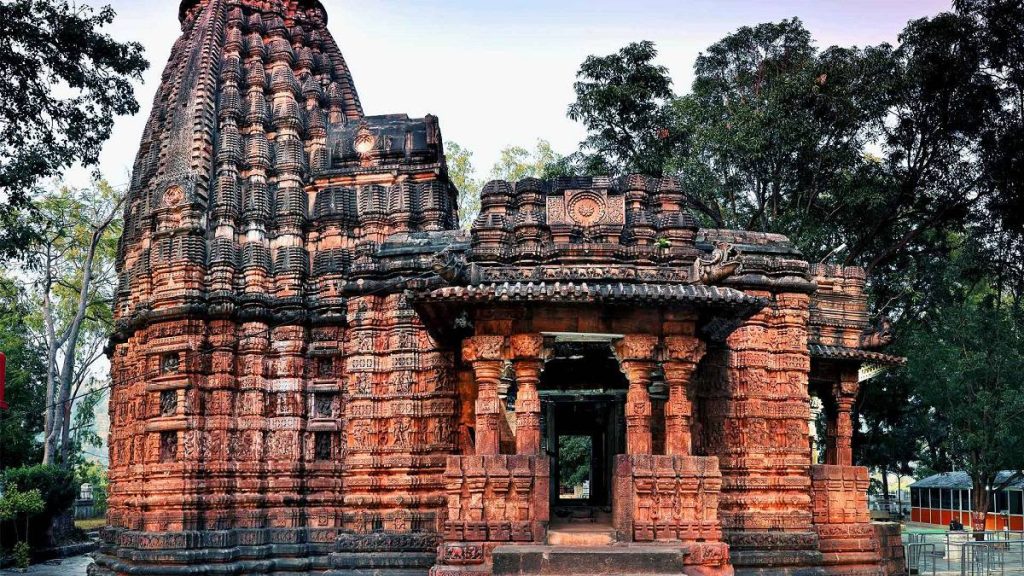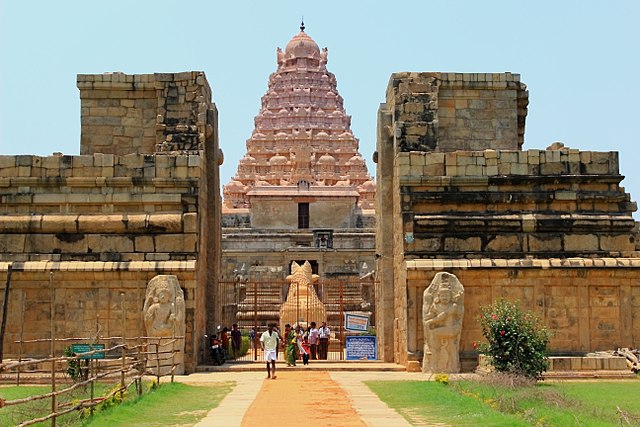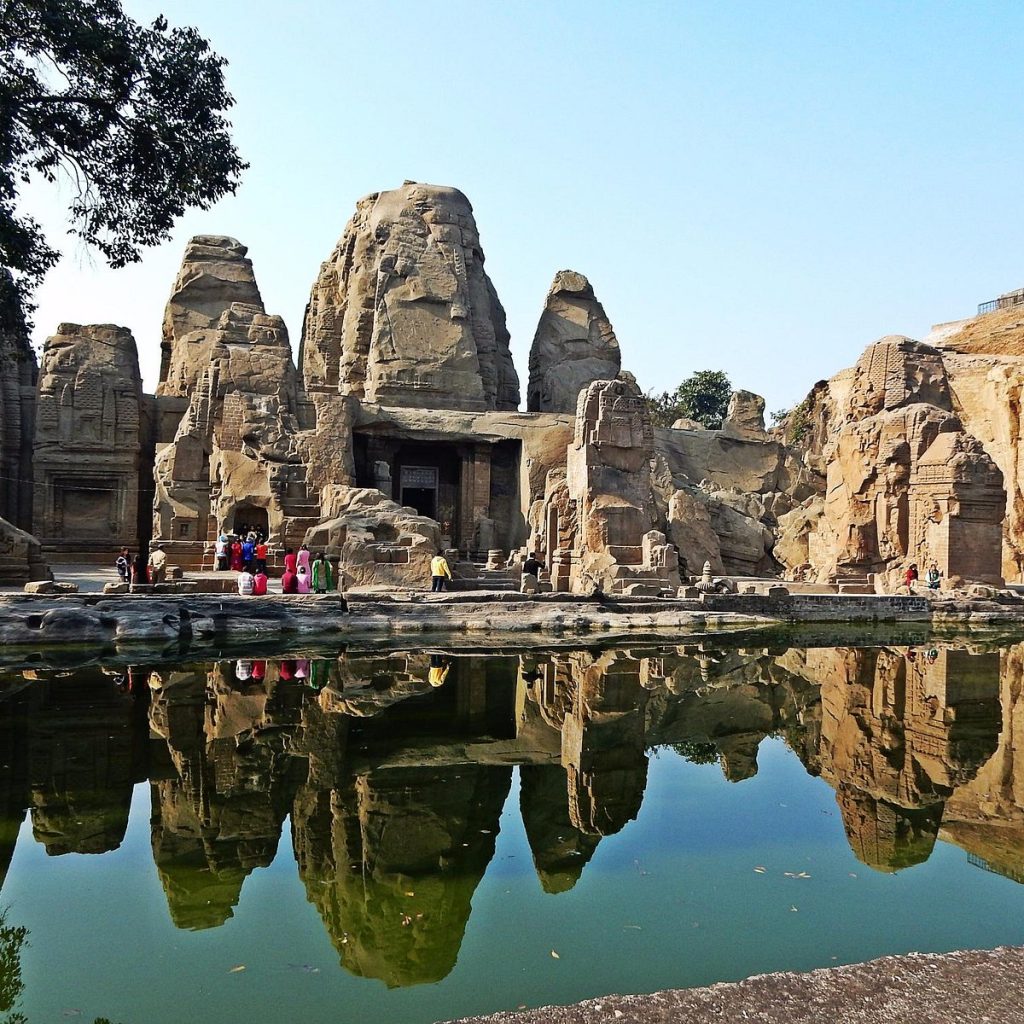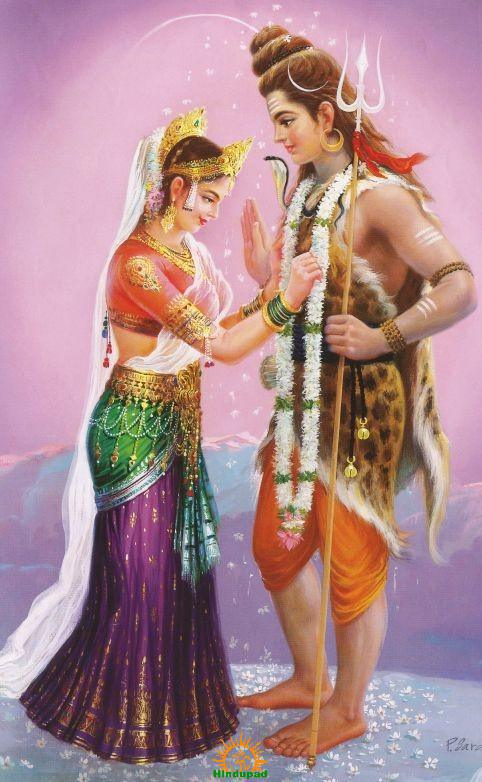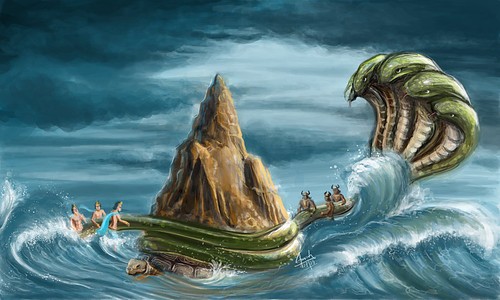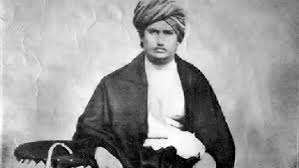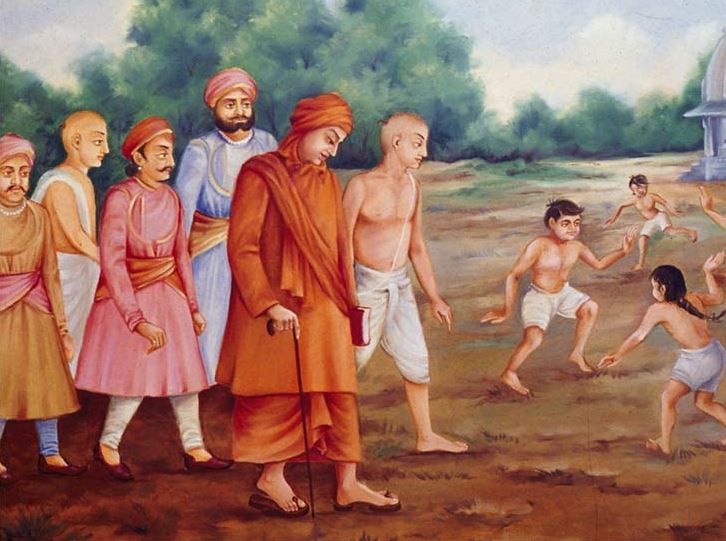LINGARAJA TEMPLE
Lingaraja Temple is a Hindu temple dedicated to Shiva and is one of the oldest temples in Bhubaneswar, the capital of the Indian state of Odisha, India. The temple is the most prominent landmark of Bhubaneswar city and one of the major tourist attractions of the state.
The Lingaraja temple is the largest temple in Bhubaneswar. The central tower of the temple is 180 ft (55 m) tall. The temple represents the quintessence of the Kalinga architecture and culminating the medieval stages of the architectural tradition at Bhubaneswar. The temple is believed to be built by the kings from the Somavamsi dynasty, with later additions from the Ganga rulers. The temple is built in the Deula style that has four components namely, vimana (structure containing the sanctum), jagamohana (assembly hall), natamandira (festival hall) and bhoga-mandapa (hall of offerings), each increasing in the height to its predecessor. The temple complex has 108 other shrines and is enclosed by a large compound wall.

Bhubaneswar is called the Ekamra Kshetra as the deity of Lingaraja was originally under a mango tree (Ekamra) as noted in Ekamra Purana, a 13th-century Sanskrit treatise. The temple is active in worship practises, unlike most other temples in Bhubaneswar. The temple has images of Vishnu, possibly because of the rising prominence of Jagannath sect emanating from the Ganga rulers who built the Jagannath Temple in Puri in the 12th century. The central deity of the temple, Lingaraja, is worshipped as Shiva.
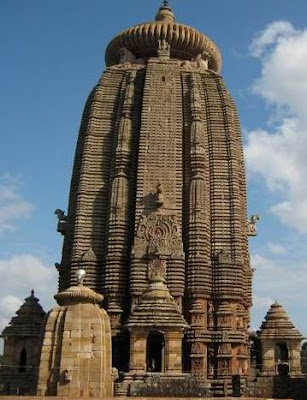
Lingaraja temple is maintained by the Temple Trust Board and the Archaeological Survey of India (ASI). The temple has an average of 6,000 visitors per day and receives lakhs of visitors during festivals. Shivaratri festival is the major festival celebrated in the temple and event during 2012 witnessed 200,000 visitors. The temple compound is not open to non-Hindus, but there is a viewing platform beside the wall offering a good view of the main exteriors. This was originally erected for a visit by Lord Curzon when Viceroy.
The temple in its present form dates back to the last decade of the eleventh century. There is evidence that part of the temple was built during the sixth century CE as mentioned in some of the seventh century Sanskrit texts. Fergusson believes that the temple might have been initiated by Lalat Indu Keshari who reigned from 615 to 657 CE. The Assembly hall (jagamohana), sanctum and temple tower were built during the eleventh century, while the Hall of offering (bhoga-mandapa) was built during the twelfth century. The natamandira was built by the wife of Salini between 1099 and 1104 CE. By the time the Lingaraja temple was completely constructed, the Jagannath (form of Vishnu) sect had been growing in the region, which historians believe, is evidenced by the co-existence of Vishnu and Shiva worship at the temple. The kings of Ganga dynasty were ardent followers of Vaishnavism, [shaivism] and [shaktism] and built the Jagannath Temple at Puri in the 12th century.
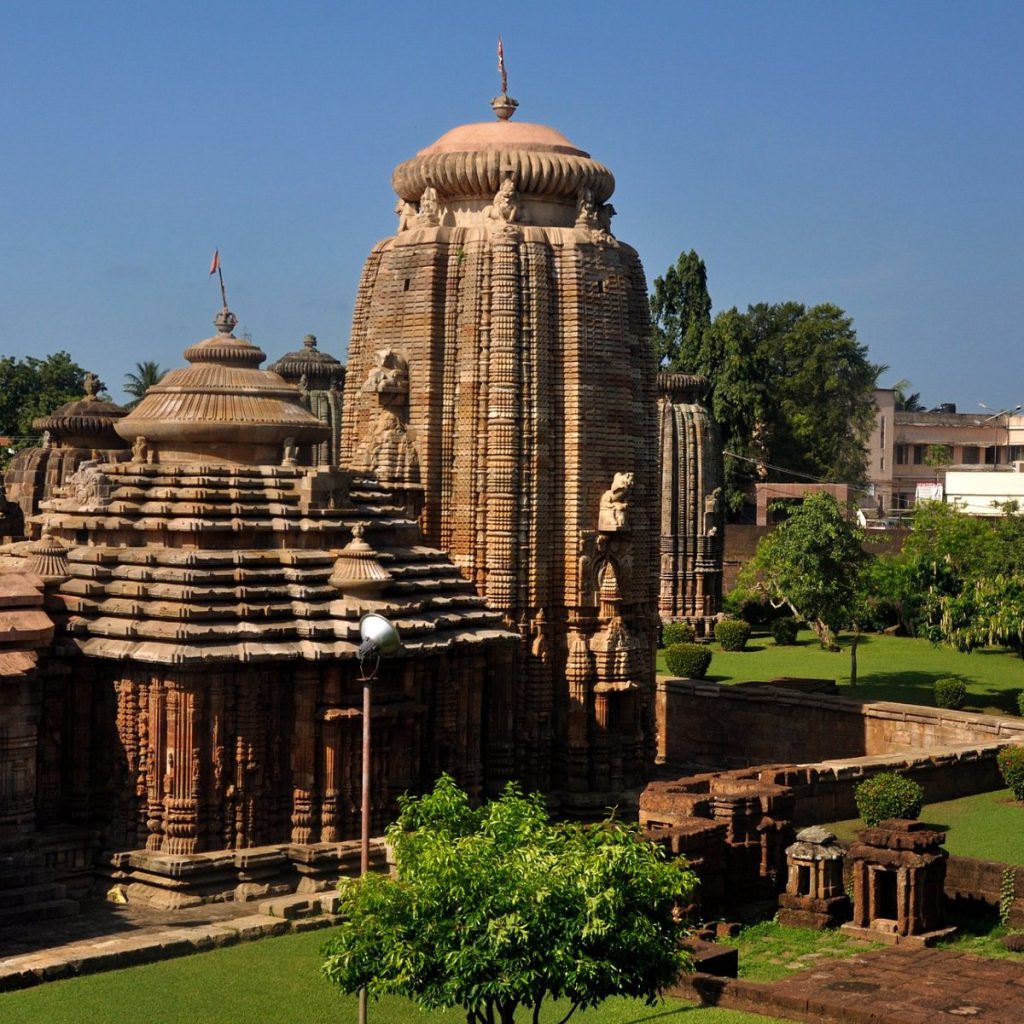
As per some accounts, the temple is believed to have been built by the Somavanshi king Yayati I (1025-1040), during the 11th century CE. Jajati Keshari shifted his capital from Jajpur to Bhubaneswar which was referred to as Ekamra Kshetra in the Brahma Purana, an ancient scripture. One of the Somavamsi queens donated a village to the temple and the Brahmins attached to the temple received generous grants. An inscription from the Saka year 1094 (1172 CE) indicates gifts of gold coins to the temple by Rajaraja II. Another inscription of Narasimha I from the 11th century indicates offer of beetel leaves as tambula to the presiding deity. Other stone inscriptions in the temple indicate royal grants from Chodaganga to the nearby village people.K.C. Panigrahi mentions that Yayti I had no time to build the temple and it should have been initiated by his sons Ananta Kesari and Udyota Kesari (believed to be other names of Yayati II as well). The argument provided against the view is that is his weak successors could not have constructed such a magnificent structure.

The Lingaraja temple is the largest temple in Bhubaneswar. James Fergusson (1808–86), a noted critic and historian rated the temple as “one of the finest examples of purely Hindu temple in India”. It is enshrined within a spacious compound wall of laterite measuring 520 ft (160 m) by 465 ft (142 m). The wall is 7.5 ft (2.3 m) thick and surmounted by a plain slant coping. Alongside the inner face of the boundary wall, there is a terrace to protect the compound wall against outside aggression. The tower is 45.11 m (148.0 ft) high and the complex has 150 smaller shrines in its spacious courtyard. Each inch of the 55 m (180 ft) tall tower is sculpted. The door in the gate of the entrance porch is made of sandalwood.
The Lingaraja temple faces east and is built of sandstone and laterite. The main entrance is located in the east, while there are small entrances in the north and south. The temple is built in the Deula style that has four components namely, vimana (structure containing the sanctum), jagamohana (assembly hall), natamandira (festival hall) and bhoga-mandapa (hall of offerings), with all four in axial alignment with descending height. The dance hall was associated with the raising prominence of the devadasi system that existed during the time. The various units from the Hall of offering to the tower of the sanctum increase in height.
Thanks for reading.

